Being 17 - The Colorless Colored Boy
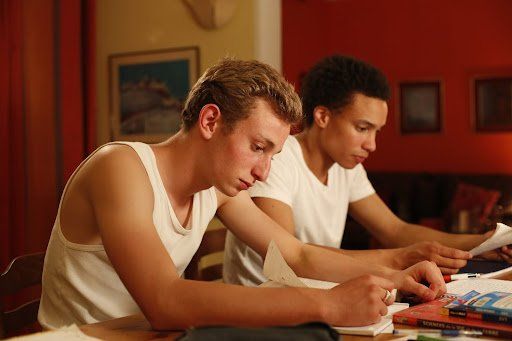
Being 17, the latest offering of the acclaimed French auteur, André Téchiné, at 73 is a visually gorgeous film. It tells of a lust/hate relationship that develops between two adolescent boys (no prize for guessing their age) in the rural French high school they go to. Smart and sensitive queer-in-incubation Damien (Kacey Mottet Klein) stares longingly at his beautiful bi-racial classmate, Thomas (Corentin Fila), igniting the latter’s antagonism and initiating a protracted series of physical fights.
Through a series of convenient plot twists, Thomas comes to live with Damien and his physician mother for a time, which does nothing to dampen the sexual tension between them but does finally prod Damien into coming out both to his understanding mother and to Thomas himself. “I don’t know if I’m into guys,” he tells Thomas, “or just you.” Thomas’ initial reaction reveals his deep ambivalence but he eventually gives into the lust on his own side.
The plot itself brings nothing knew to the well-worn tropes of gay adolescent coming-of-age, coming out stories. There is always the lover and the beloved. And there are only two outcomes. Either the beloved returns the lover’s affection or he doesn’t. In Being 17, Thomas does return the love, and there are two tasteful-but-stimulating sex scenes between the boys to prove it. And just for that dash of political correctness, they both top one another.
The film is beautiful, as I noted before, and the whiteness of the mountainous winter scenery makes Thomas’ darker beauty stand out all the more. With no backstory presented as to his biological origins, Thomas drops into this literally white world as the adopted son of a cattle farming couple, both of whom are grounded, loving parents. (Everybody in this film is, as the French would say, “hyper-kool.”) What’s notable, when you look at Being 17 through a racial lens is how invisible race is. Thomas loves his mountains, his cattle, his white parents. There is no trace of Black identity in his persona. At one point when the constant fighting between Thomas and Damien comes to the attention of the school principal, he says that Thomas fits the profile of a bully. That’s as close to a racial stereotype as the movie gets. (‘Cause, you know, black men are given to violence.) The movie takes a voyeuristic pleasure (as does Damien) in Thomas’ well-built naked body. That’s par for the course and aesthetically done.
Thomas’ blackness, a blackness of appearance only, is entirely beside the point. His role could have been given to a white actor, and nothing would have to have changed. This isn’t exactly color-blind casting, as the musical Hamilton has so famously done with the Founding Fathers. It’s more like colorless casting. (I wanted to write a review of Patrick Ian Polk’s 2012 narrative, The Skinny, an ensemble romantic comedy about Black gays and lesbians, but that too featured a colorless script – no racial issues come up for any of the characters.)
This isn’t necessarily a bad thing. In a famous essay, “Everybody’s Protest Novel,” James Baldwin complained that when “the negro” was introduced to the pages of American literature, it was always as a problem or in reaction to white society’s prevailing racism. In that regard, colorless casting—while perhaps conjuring a post-racial utopia that can never come to pass (pace the Obama presidency)—represents an advance in consciousness. Then again, perhaps not.
Recent Posts
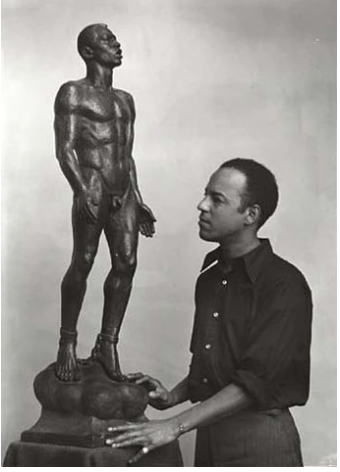
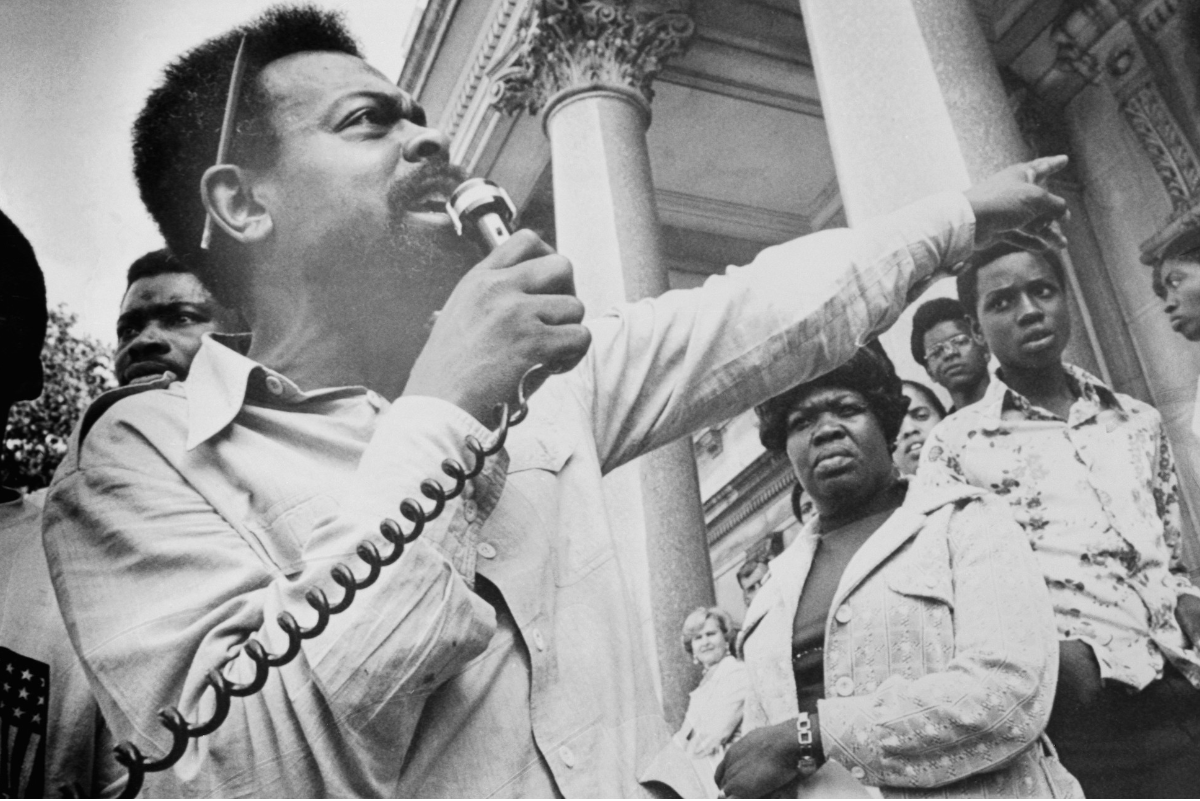
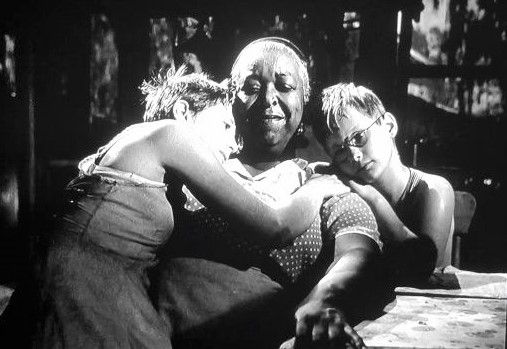
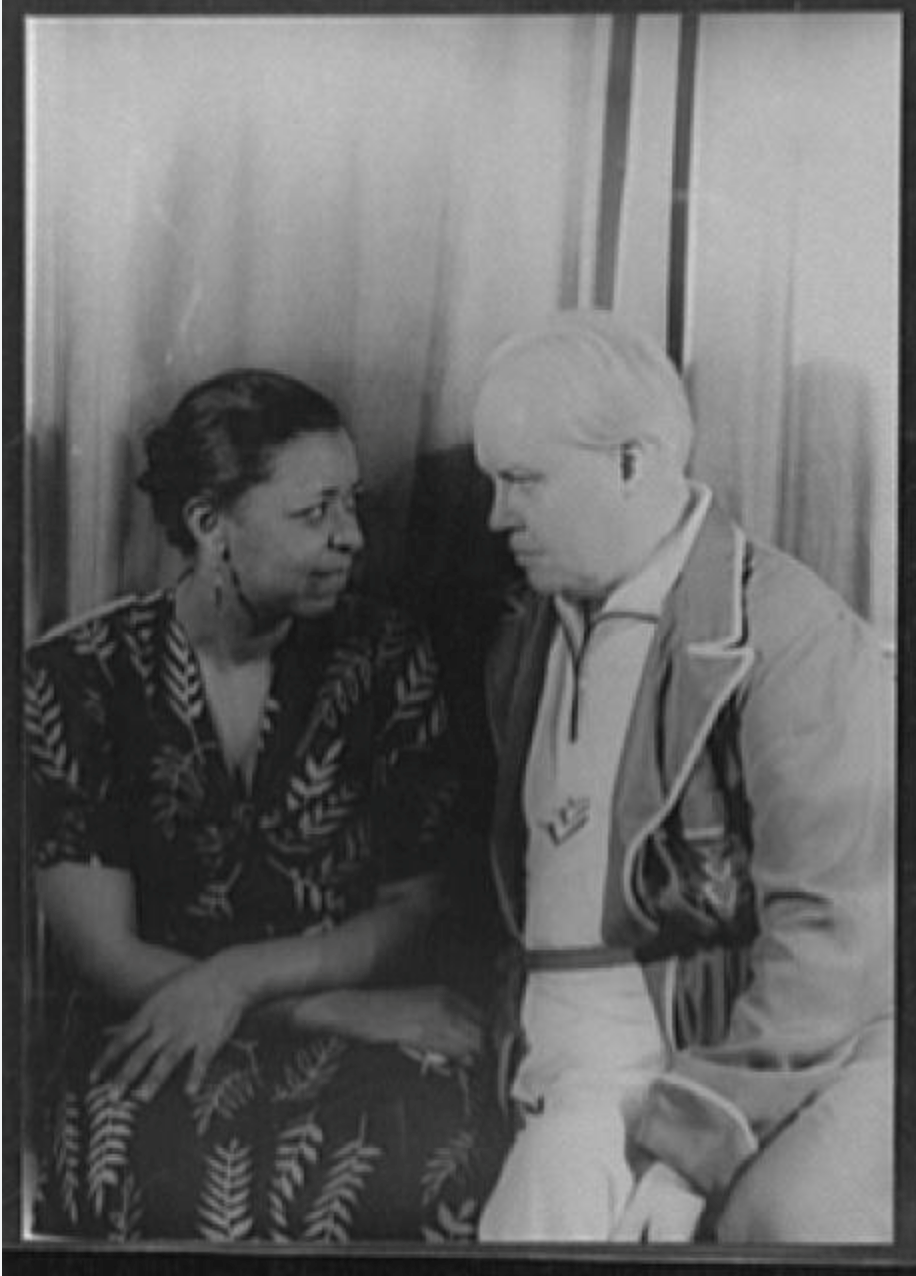
SHOGA FILMS is a 501(c) (3) non-profit production and education company. We create multimedia works around race and sexuality that are intended to raise awareness and foster critical discussion.
Contact Us
All Rights Reserved | Shoga Films
Stay Connected
Thanks for subscribing!
Please try again later.


